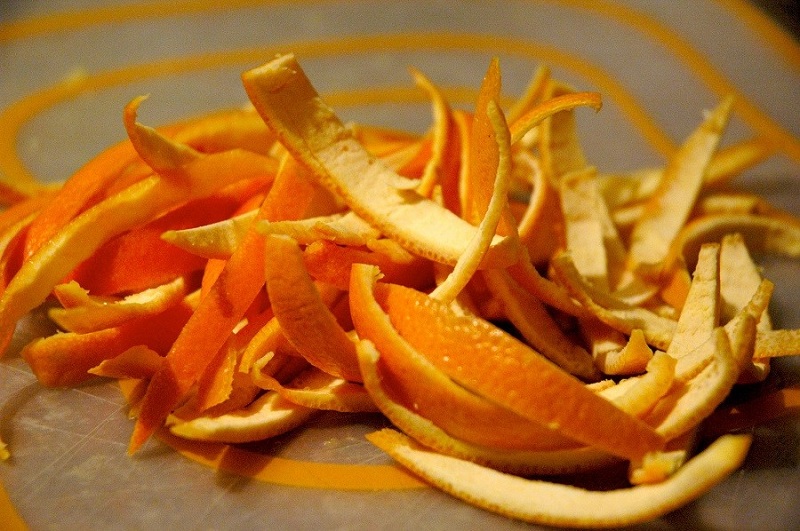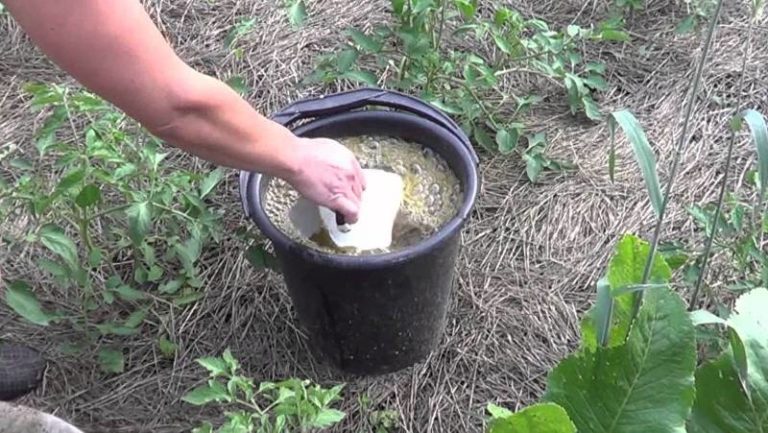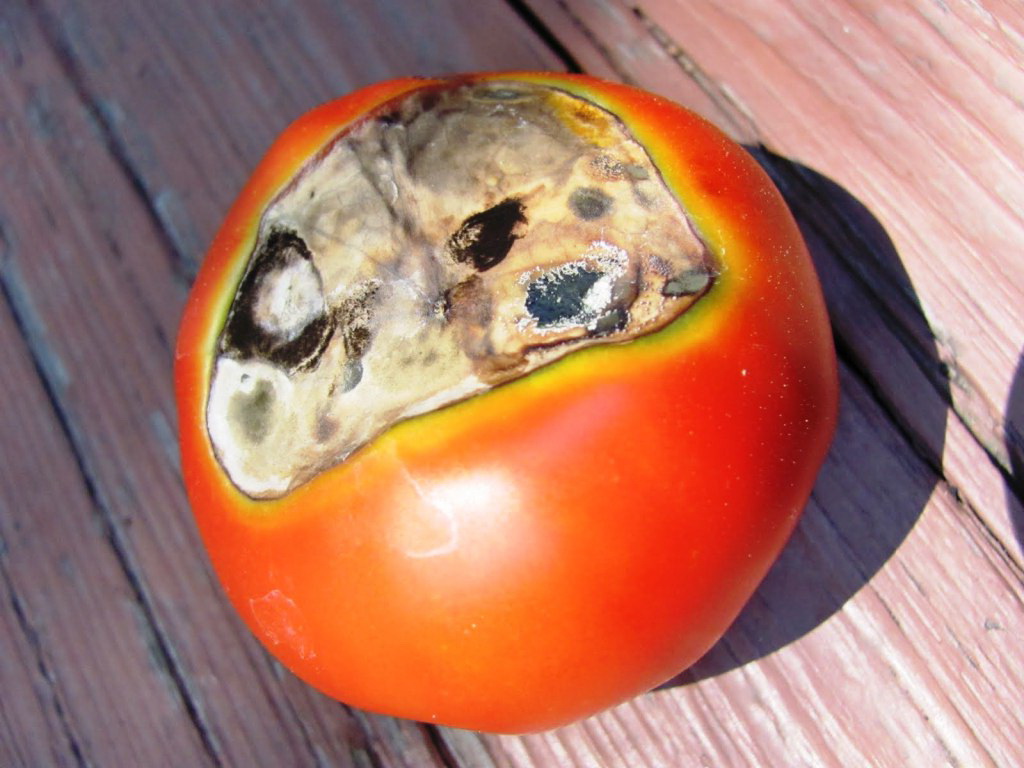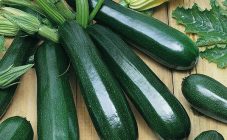Content:
Not only are the pulp rich in nutrients and minerals, orange peel also contains pectins, essential oils and beneficial vitamins. Due to their invaluable properties, orange peels are used in the garden.
A feature of the crusts is the long preservation of useful components and an unusual smell, not only fresh, but also in dried form.
The use of the peel in horticulture
In gardening, orange peel is used in fresh, dried, chopped and infused form. Garden orange peels are used for a variety of purposes.
Tick control
When fighting spider mites, thrips resort to the following infusion: fresh or dried orange peels from 2 oranges are poured with 1 liter of warm water and removed for 7 days in a dark place. After a week, a small amount of liquid soap is added to the solution. The resulting solution is used to treat the affected plant areas.
Against ants
Columns of ants literally “get out” by their adventures, they easily sneak into the house in search of food, spoil young plantings of vegetable crops and even breed aphids - a pest that can cause tremendous harm to plants. It is very difficult to deal with them; orange peels will help get rid of them. In a blender, the peel of 2-3 oranges is crushed with the addition of a glass of warm water, the resulting gruel is applied to the ant paths. The anthill can be doused with the same solution, but more liquid. Such manipulations must be carried out until the ants transfer their anthill to the garden.
Elimination of scale insects and small caterpillars
In this case, you will need a lot of orange peels, if it is not possible, you can reduce the proportions. Take 3 kilograms of fresh crusts, grind in a blender or meat grinder and pour 10 liters of water. The resulting mixture must be corked, the use of glass containers will be optimal, and removed for 5 days in a dark and sufficiently warm place. The resulting mixture must be filtered through cheesecloth and poured into small bottles. Bottles are tightly corked and poured with sealing wax, stored in a cool place.
From the moth
The fruit moth is a small, but rather weighty enemy of the garden, in a short time it is able to destroy a good part of a high-quality crop.
0.5 liters of orange peels are poured with 10 liters of water and removed for a day in a dark place. Then the resulting infusion is brought to a boil and boiled over low heat for 15 minutes. The cooled mixture is thoroughly mixed, filtered and 30 grams of urea is added to it.
The infusion is used for spraying fruit trees in early spring, so that the moth does not sit on them and does not lay offspring. In a rainy spring, the spraying procedure is carried out several times, but only before the flowers bloom.
Aphid control
Orange peel contains limonene, which can help fight aphid infestations.It has a destructive effect on the protective wax coating on their bodies, as a result, suffocating, the pest dies. The peel is destructive for the stick insect. Limonene is a deadly poison for spider mites and thrips.
To fight aphids, orange peels are cut into small pieces or crushed in a blender and sprinkled on garden plants.
Protection from insect attack
If you rub the open areas of the body with orange peel, you can protect yourself from annoying insects. Contraindication - hypersensitivity to citrus fruits.
Protection of plantings from "fluffy pests"
Domestic cats in most cases are not indifferent to boxes with young seedlings, and, no matter how you watch them, they no-no yes dive into them. In this case, the peel of oranges acts as a kind of "scarer" - cats do not like citrus scent very much and will avoid the place where it is most pronounced. It is advisable to spread the crusts near the seedling boxes on the windowsill.
Representatives of the feline family are not indifferent not only to houseplants, they are also not averse to indulging in a flower bed or in a garden bed with young crops, breaking newly emerged seedlings under the root. To avoid increased attention from "uninvited guests", you can spread orange peels in the garden, in the beds or flower beds. A more effective but time-consuming way to protect against fluffy is to rub fresh skin on the leaves and stems.
Rescue indoor plants
Plants grown at home, just like outdoor ones, are susceptible to attacks by insect pests. To protect flowers and seedlings from them, the use of orange peels helps a lot: 200 grams of peel is taken and poured with a liter of water at room temperature. The container with the solution is removed to a dark place for 5 days, then the infusion is filtered, the crusts are squeezed out. Half a glass of the resulting infusion is diluted in 2-2.5 liters of water with the addition of 1 tsp. "Soured" soap. The leaves are washed with the resulting essence or sprayed on both sides.
As fertilizer
Orange peels are popular for plant nutrition and soil fertility. To do this, they are placed 5 cm deep into the ground and buried in. The peel nourishes the soil with nitrogenous compounds and has a beneficial effect on the germination of plants.
Benefits of compost crusts:
- they contain nitrogen in an easily assimilable form for plants;
- aromatic substances that make up the peel rapidly break down into safe compounds without harming beneficial microorganisms and worms;
- decompose quickly - only it is necessary to cut it as small as possible before laying.
It is better not to throw away the peel, but put it in compost - there its benefits will be much more noticeable: the peel will become a breeding ground for microflora and an excellent insect repeller.
Orange peel is used as an organic fertilizer: the peel is crushed in a blender, meat grinder or by hand and poured with boiling water (1: 2), insisted for a day in a dark place, then carefully filtered. The resulting infusion is diluted with exactly the same amount of water. Plants are watered with this mixture no more than 1 time per week.
The benefits of orange peel
Orange peels are popular not only in cooking or in cosmetology, recently their use in gardening has been gaining momentum, where their benefits are no less significant.
The benefits of orange peel when used in horticulture:
- the content of minerals necessary for the normal growth of cultures (potassium, phosphorus), essential oils, ascorbic acid, tocopherol, retinol, flavonoids and pectin substances;
- enriches compost with nitrogen - during decomposition, the peel of citrus releases a fairly large amount of nitrogen, for this you just need to put the peel in the compost;
- enrichment of soil with nutrients - orange peel is rich in sulfur, magnesium, calcium and other nutrients; for a more efficient process of decomposition of the peels, it is recommended to dry and grind them into powder, which is then scattered over the soil;
- protects against mosquitoes - these annoying bloodsuckers cannot stand the smell of citrus.
Many people advise using orange peels to light a fire in a stove in a country house, claiming that they light up easily and burn for a long time, while exuding an unusual aroma. But, according to the experience of many summer residents, this is far from the case - the peel burns badly, there is no aroma, but only the smell of burning.
How to prepare the crusts
To dry the crusts, place them on a newspaper sheet, keep them for 3-4 days at room temperature, then put them in a storage container (glass container, paper or cardboard container). Can be dried in the oven (at a temperature of no more than 80 degrees) and in the sun. In winter, it is advisable to use batteries for drying.
Orange peels provide an opportunity to control pests without resorting to the use of chemicals, which allows you to get an environmentally friendly harvest. Also, fertilizers from the peels are completely natural. This does not require material costs - a kind of savings. Therefore, do not throw away orange peels, they will certainly come in handy, and a lot of them will accumulate during the autumn-winter period.

















